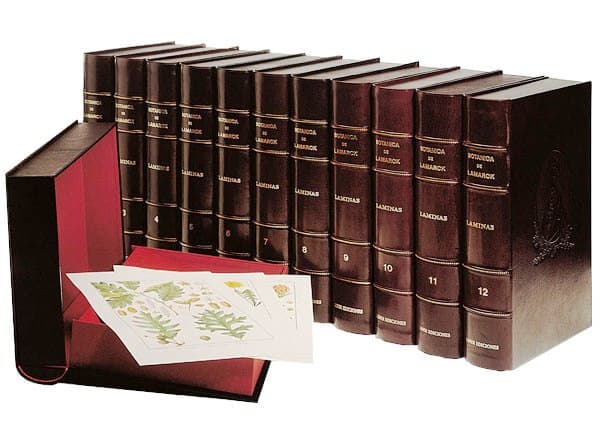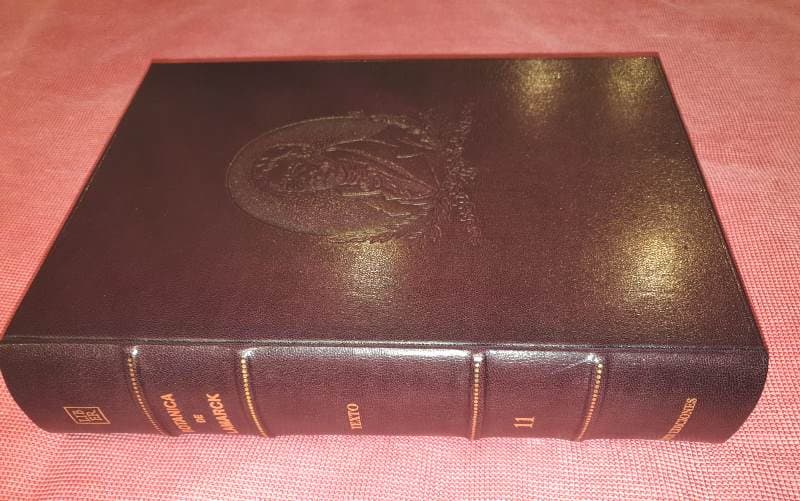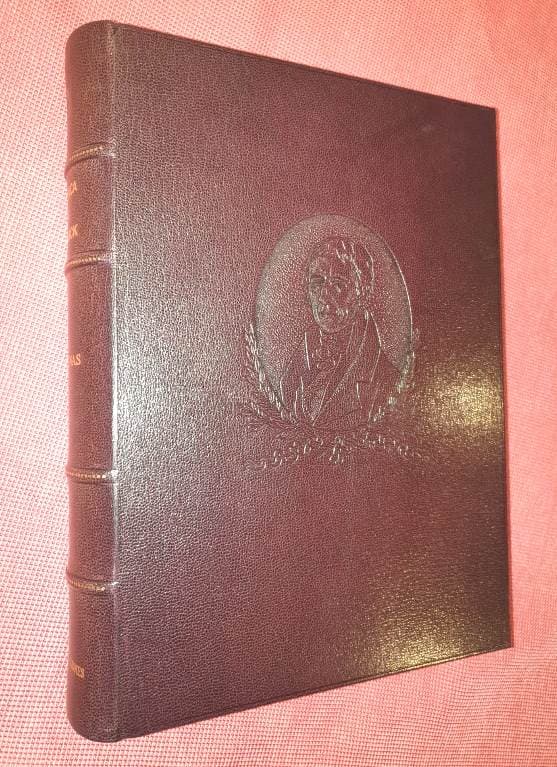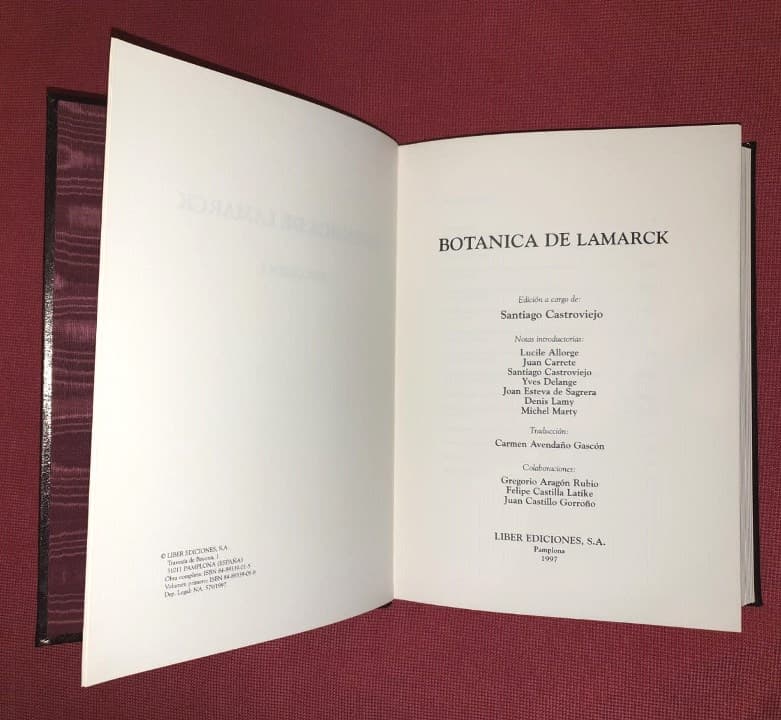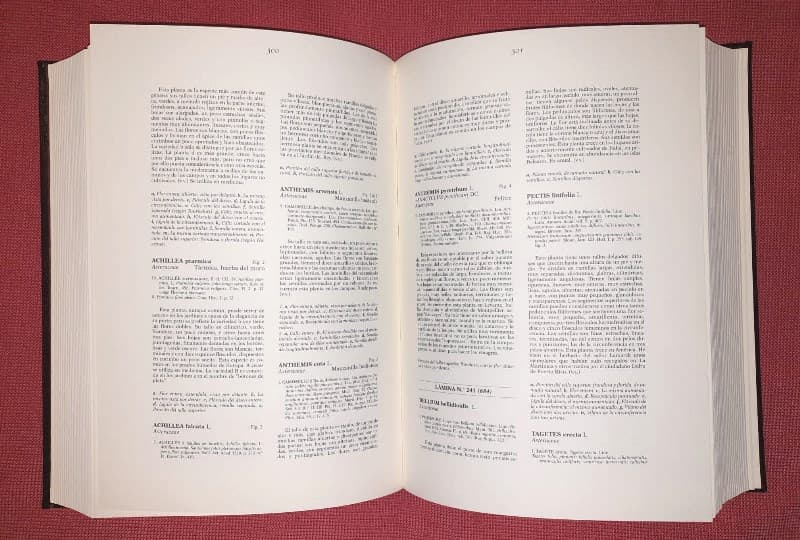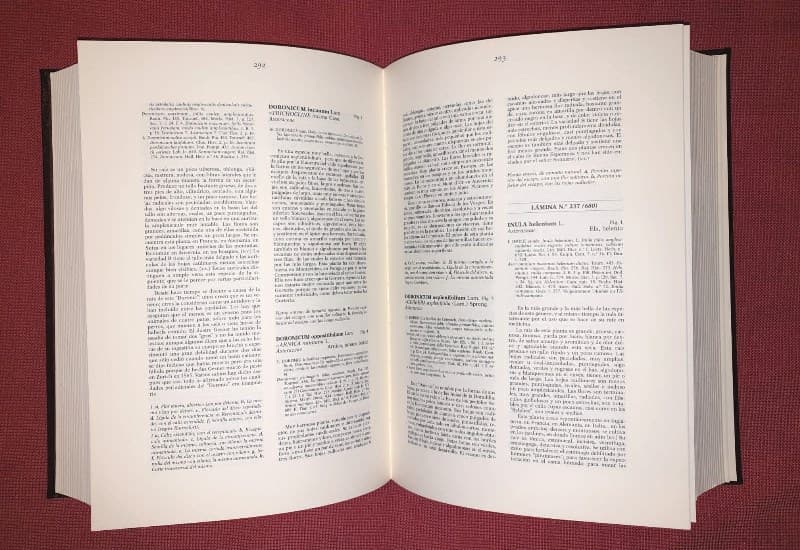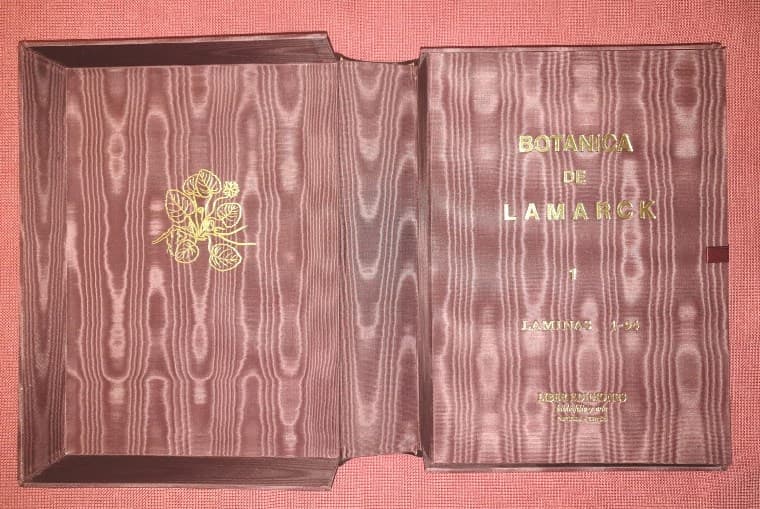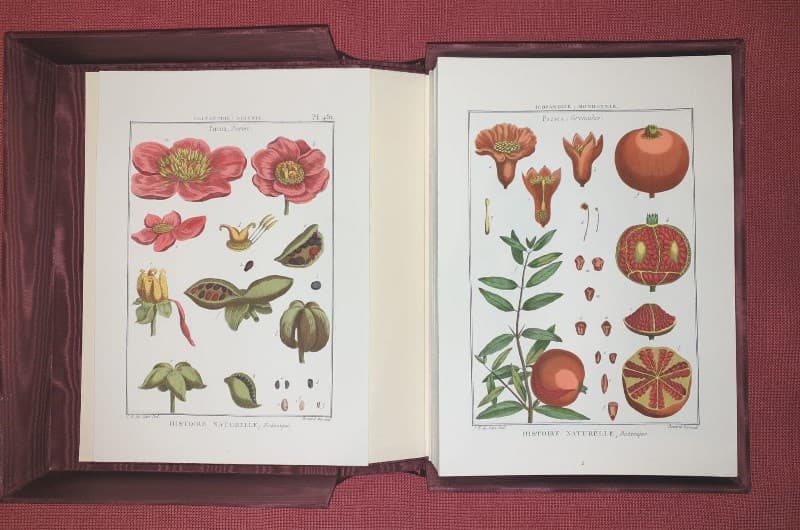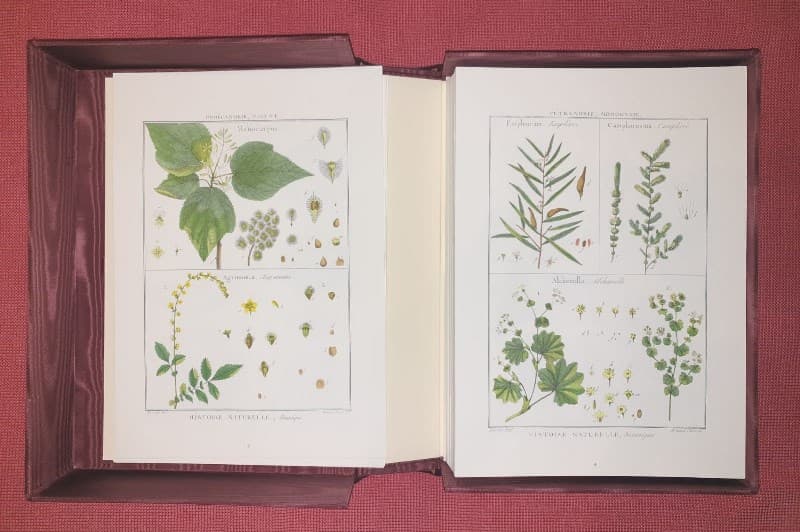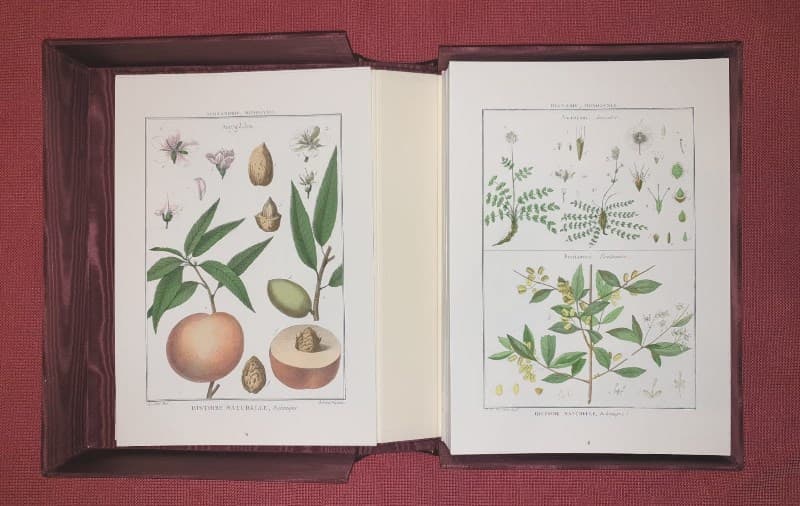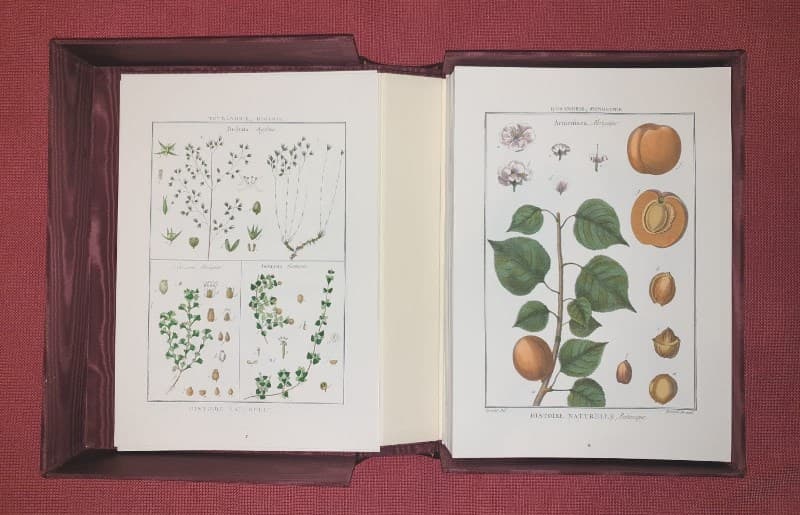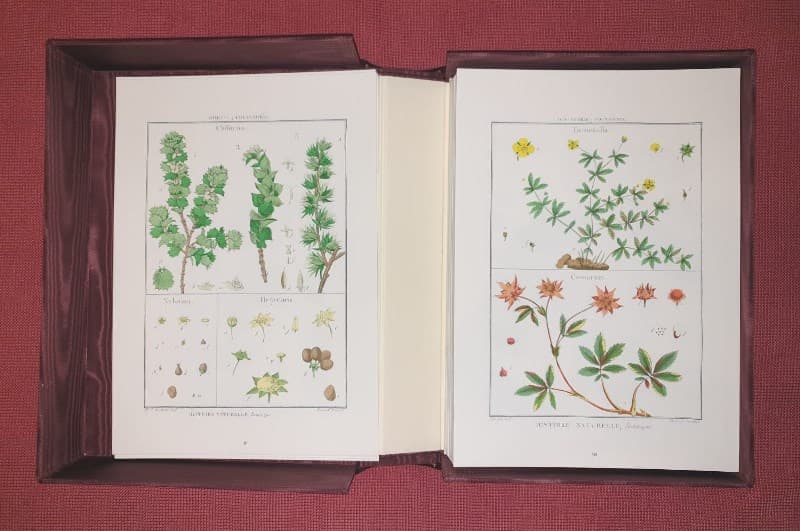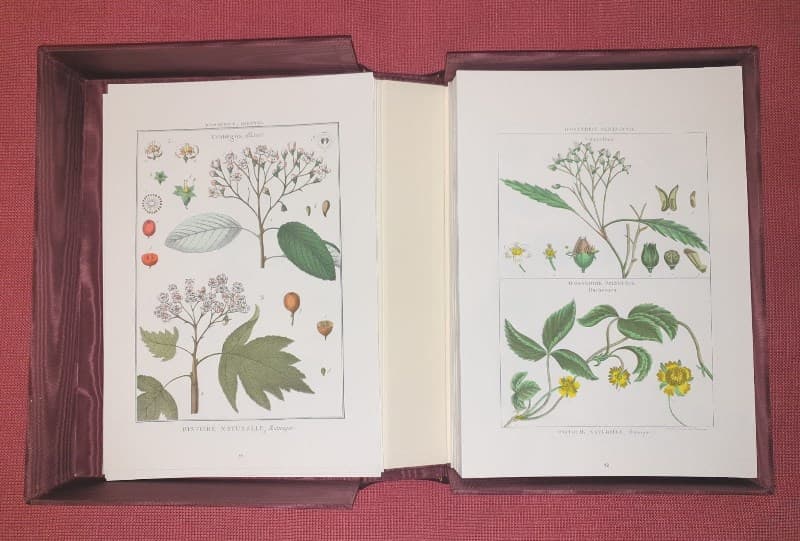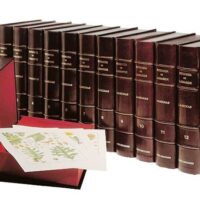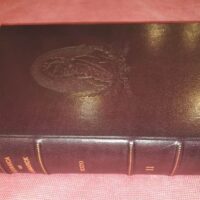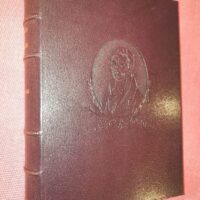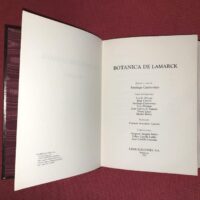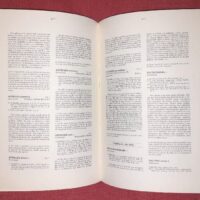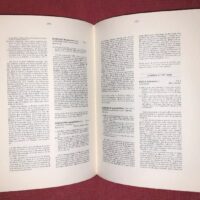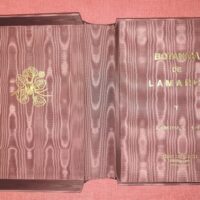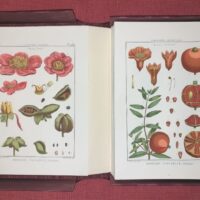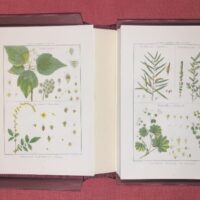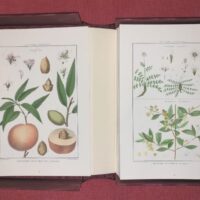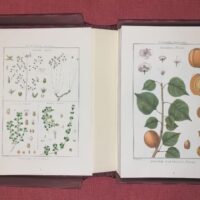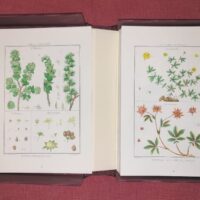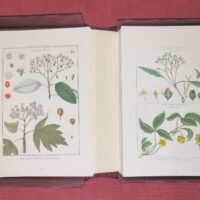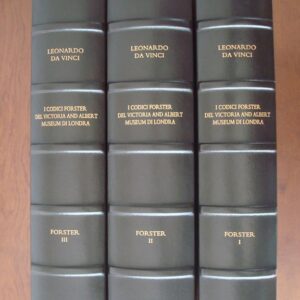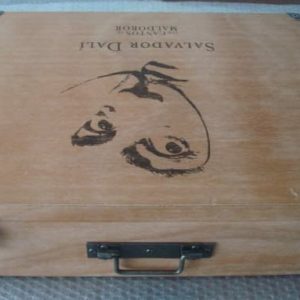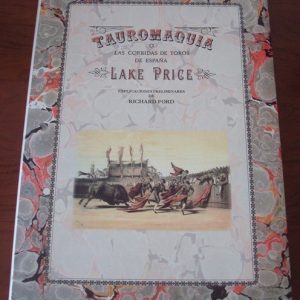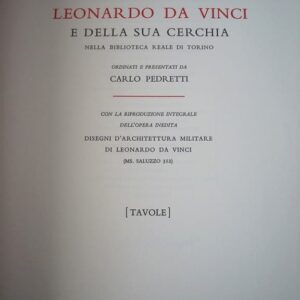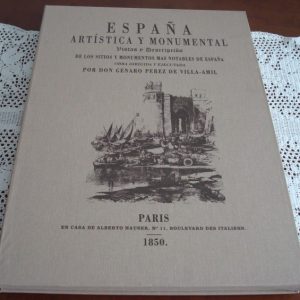Description
Lamarck’s Botany, Jean Baptiste Lamarck (1744-1829) (Lamarck, Redouté, Maréchal and others). In 1997, Liber Ediciones presented this exclusive and extremely important botanical work for the first time in Spanish, and for this purpose it had the collaboration of the eminent Spanish botanist from the Royal Botanical Garden, Dr. Santiago Castroviejo, who carried out the studies, adaptation of the text and directed the aspects scientists of the Spanish edition.
Lamarck’s Botany, more than an interesting and important botanical edition, is a great work of art, since this edition offers 1,000 original hand-illuminated plates that represent all the species illustrated by Lamarck. It includes the complete description of the 2,900 illustrated species, as well as the indices and studies.
The illumination of the plates was done manually using the “pochoir” technique by the miniaturist M. Marty, using gouache and watercolor as pigments.
Lamarck’s Botany, coveted by collectors and bibliophiles, includes a circulation justification specifying the technical characteristics of the work and the copy number.
Technical characteristics of the work:
Original edition strictly limited to only 200 copies.
It comes in 12 volumes: 10 cases for the 1,000 plates and 2 bound volumes for the text.
For the sheets, Velin d’Arches paper of 250grs./m has been used. of special manufacture.
It is presented in a luxurious one-piece goatskin case, with gilt and dry irons. 25 x 34 cm format.
Lamarck’s Botany is considered the masterpiece of world botany. It has the illustrations made by a selection of collaborators made up of the best cartoonists of botanical subjects, such as the Redouté brothers, Maréchal, J. E. de Sève, Fossier, Benard, Poiret (son), among others. It was published for the first time in Spanish after an intense and arduous work of more than ten years. The edition of Lamarck’s Botany also contributes to rescuing the figure of Lamarck and highlights the importance of the research that this scientist carried out in the field of botany, medicine and biology, a field in which he surpassed Darwin in more than fifty years.
This edition of Lamarck’s Botany not only presents a meticulous and complete description of the 2,900 species that he illustrated and that are still surprising today for their rigor and precision, but also each and every one of the plates that Lamarck commissioned from the most illustrious and rigorous draftsmen of the moment.
The plates of Lamarck’s Botany collect even the smallest details of each of the species represented. Originally, the plates that were used were monocolor, black and white, typical of the time, but in this Spanish edition they wanted to illuminate each one of the plates to obtain a result of rare spectacularity.
A total of 1,000 sheets make up this work. Each of the sheets is colored by hand with the pochoir, climb or stencil technique, applying natural gouache and watercolor pigments. These pigments make it possible to obtain a result that gives it durability when using a 100% cotton paper base specially made for this edition.
Lamarck’s research was considered at his time as a decisive contribution in the field of botany; the “Encyclopédie Botanique” by Jean-Baptiste Lamarck (1744-1829) stands out both for the quantity and the quality of the descriptions of plants from very different geographical areas, ranging from the European continent to the tropics, and the excellent drawings of the Reduté and Marechal, among others, who contributed considerably to the undeniable success of the work.
For this edition, aimed at investors, collectors, bibliophiles and botany lovers, the studies, the adaptation of the text and the direction of all scientific aspects were entrusted to the eminent Spanish botanist of the Royal Botanical Garden of Madrid, Dr Santiago Castroviejo. The edition also had the collaboration of some of the most outstanding botanists in the world: Ghillean T. Prance, director of the Royal Botanic Gardens Kew in London, and Dr. Lucile Allorge and Yves Delange from the Museum National D’Histoire Naturelle in Paris.
A WORK THAT CANNOT BE MISSING IN THE MOST SELECT AND EXCLUSIVE LIBRARIES.
“Lamarck was favored by the fortune of having the collaboration of an exceptional team of cartoonists and the engraving of the plates could be carried out without impediments. The success in the selection of his cartoonists turns each one of his plates into a perfect miniature, in Masterful drawings and small works of art. The color, the composition, the lines, make each sheet an artistic object, apart from its undoubted value for naturalists. Art and science went hand in hand in the botanical illustrators of the 18th and 19th centuries, in the draughtsmen and engravers who made unrepeatable masterpieces possible, such as the original editions of Lamarck’s botanical texts. Its undeniable scientific merit does not obscure the talent displayed by its cartoonists. Rarely has there been a collaboration as fruitful as that between the botanists of the 18th and 19th centuries and their draughtsmen. The Spanish expeditions are an obvious example, but they faced too many obstacles. On the contrary, Lamarck and his draughtsmen and engravers were able to devote themselves to his work without being disturbed by problems unrelated to the quality of their work. These favorable circumstances make Lamarck’s work one of the pinnacle moments of the collaboration between botanical science, the art of draughtsmen, and the technique of engravers, a collaboration that finds its peak in the joint work of Jean-Baptiste de Monet. , Knight of Lamarck and the “Raphael of the Flowers: Pierre Joseph Redouté.”
Joan Esteva de Sagrera, Professor at the University of Barcelona.
“Since its publication in 1783 the “Encycipédie Méthodique” has been the greatest reference work for botanists and horticulturists throughout the world.”
Prof. Ghillean T. Prance, Royal Botanic Gardens Kew, London.
“Lamarck is an obligatory reference author for world botany.”
Dr. Santiago Castroviejo, Royal Botanical Garden of Madrid.
FROM BLACK TO COLOUR. ILLUMINATION OF A BOTANICAL PRINT. Michel Marty, Illuminating Workshop.
The “pochoir” technique, unknown today, is, however, an ancient procedure whose invention dates back to the 5th century. It is used to color black and white engravings. After analyzing the colors of the original, the artisan reconstitutes the necessary shapes by tracing the contours of the future patterns or pochoirs on thin sheets of zinc or copper, these are then cut out by means of a fine steel point fixed on a wooden handle. and they are entrusted to the colorist. With the help of brushes and brushes, pochoir after pochoir, the successive passes of the colors lead to the final image after achieving the exact tones, the smallest nuances, the most subtle values. The restricted number of colourists, the important repetition of the passes to achieve the color (sometimes up to a hundred or more) and the patient cadence of the brushstrokes by hand impose long manufacturing times. The pochoir is therefore an exclusively manual work; hence its difficulty and rarity. It is also one of the essential components that ensure the perpetuity of this type of prints and their revaluation.
Copy complete and in perfect condition, new, unused.
Free shipping for this item. Ask us without obligation (indicating the reference of the article) any questions.




